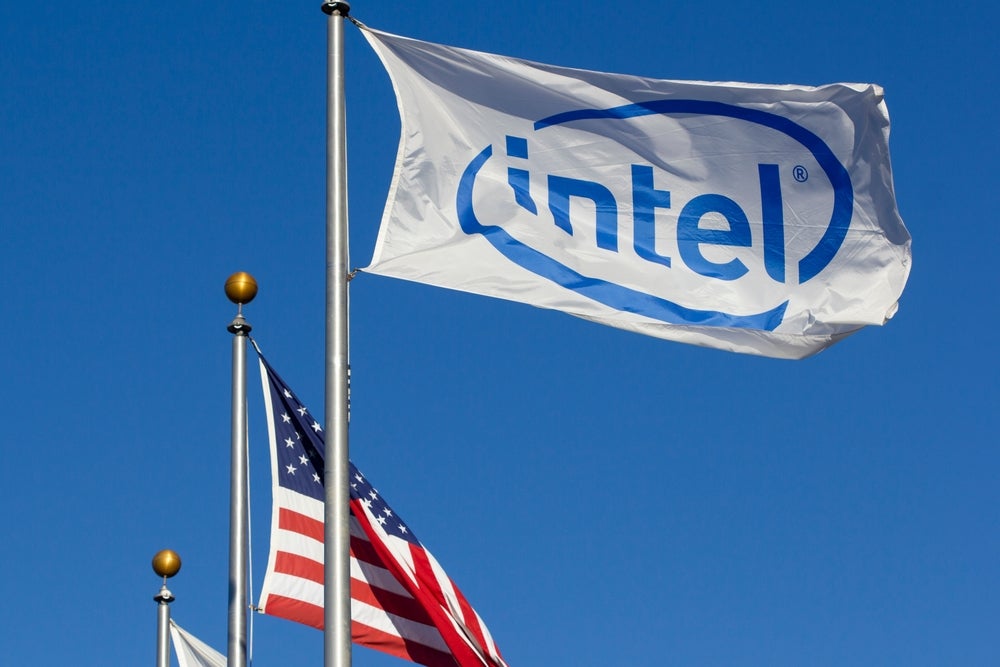Xiaomi has been granted a patent for a hybrid automatic repeat request (HARQ) feedback method. The method involves determining multiple target HARQ results corresponding to respective target physical downlink shared channels (PDSCHs), and combining them into a single HARQ result. This combined result is then sent via a target physical uplink control channel (PUCCH) to a base station. The invention aims to improve HARQ feedback efficiency and reduce PUCCH resource cost. GlobalData’s report on Xiaomi gives a 360-degree view of the company including its patenting strategy. Buy the report here.
According to GlobalData’s company profile on Xiaomi, Gesture-based recognition systems was a key innovation area identified from patents. Xiaomi's grant share as of September 2023 was 41%. Grant share is based on the ratio of number of grants to total number of patents.
Efficient harq feedback method for mtc devices
A recently granted patent (Publication Number: US11777659B2) describes a hybrid automatic repeat request (HARQ) feedback method for Machine Type Communication (MTC) devices. The method aims to improve HARQ feedback efficiency, reduce the cost of physical uplink control channel (PUCCH) resources, and facilitate power saving for MTC devices.
The method involves determining a plurality of target HARQ results, which correspond to respective target physical downlink shared channels (PDSCHs) scheduled by a current physical downlink control channel (PDCCH). These target HARQ results are then converted into binary values and combined using logical AND operations to obtain a combined HARQ result. The method also determines a target PUCCH, which includes a target resource carrying the combined HARQ result, and sends it to a base station.
The patent also describes different variations of the method. In one variation, the target PUCCH is determined based on a target index value, which is calculated using a target starting position, a target control channel element (CCE) index value, and a first target offset. The target index value indicates the PUCCH resource for HARQ result feedback.
Another variation involves receiving a PUCCH set and a second target signaling from the base station. The PUCCH set includes multiple candidate PUCCHs, and the second target signaling provides resource indicating information. Based on this information, a candidate PUCCH corresponding to the target resource is selected as the target PUCCH.
The method also includes determining a target feedback time point, which is based on a target subframe. The target subframe is the first valid subframe that is a certain number of subframes away from the candidate subframe, where the last PDSCH scheduled by the current PDCCH is located. The target PUCCH is sent to the base station when the target feedback time point is reached.
The patent also mentions a communication system that implements this HARQ feedback method. By determining multiple target HARQ results and representing them with a combined HARQ result, the method improves HARQ feedback efficiency, reduces the cost of PUCCH resources, and enables power saving for MTC devices.
Overall, this patent presents a method and apparatus for efficient HARQ feedback in MTC devices, offering potential benefits in terms of resource utilization and power consumption.
To know more about GlobalData’s detailed insights on Xiaomi, buy the report here.
Data Insights
From

The gold standard of business intelligence.
Blending expert knowledge with cutting-edge technology, GlobalData’s unrivalled proprietary data will enable you to decode what’s happening in your market. You can make better informed decisions and gain a future-proof advantage over your competitors.







